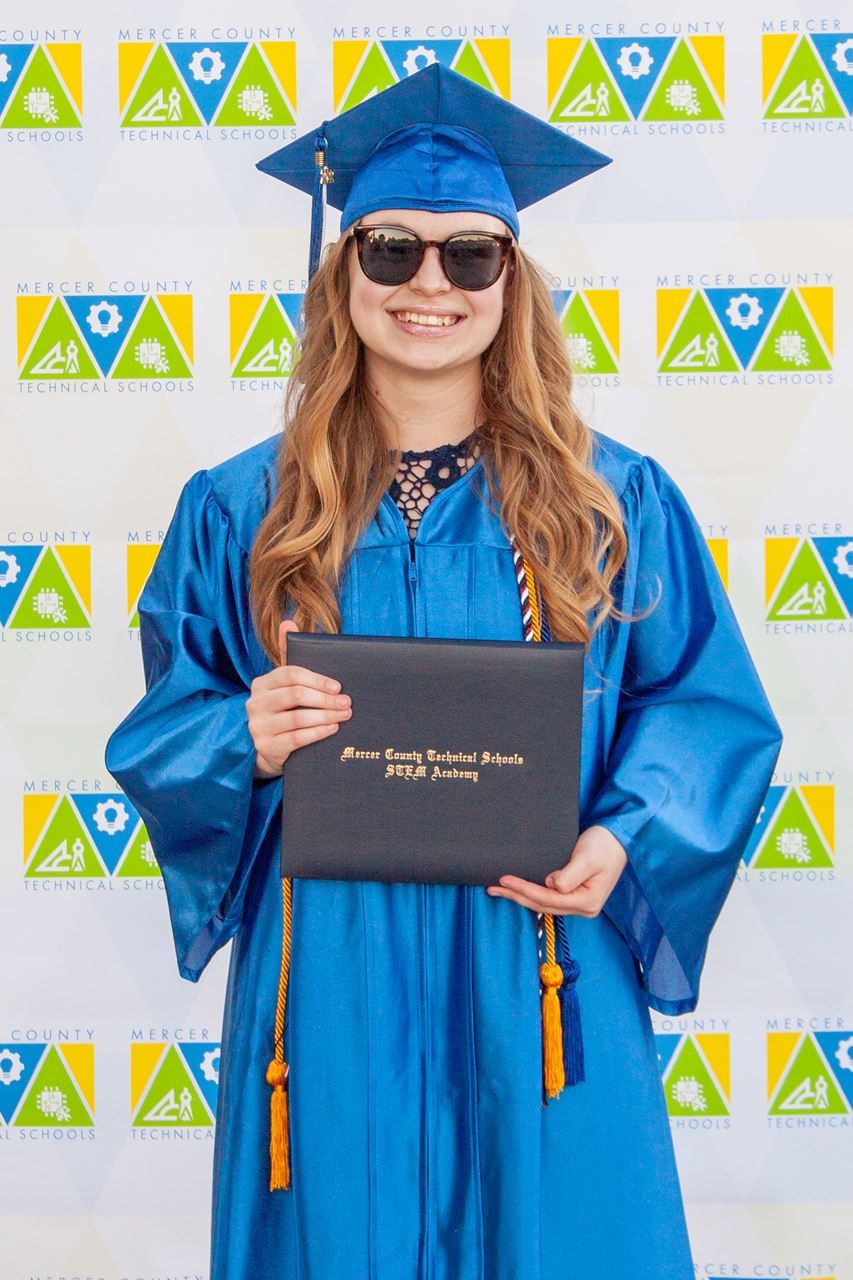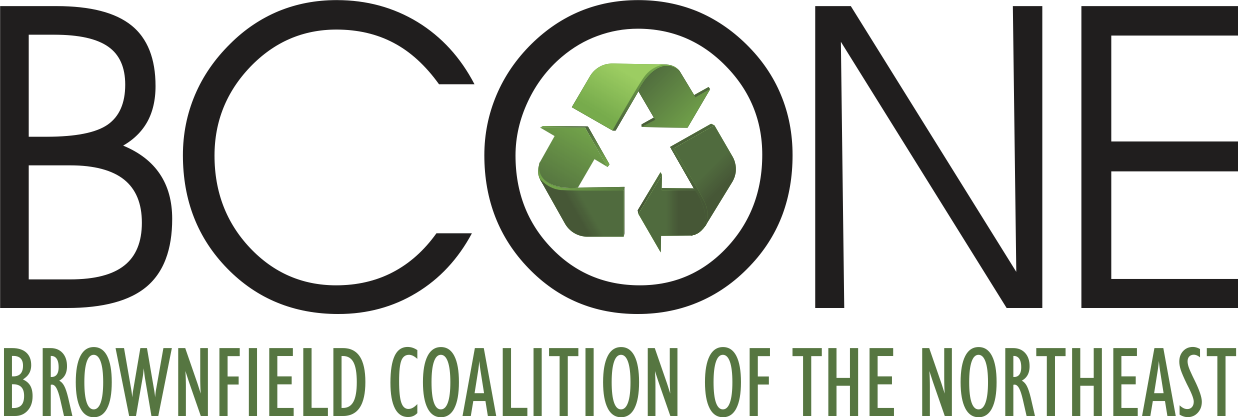By Steve Dwyer
 No doubt about it, it’s a good year to be a New York Yankees player, Yankees fan—and a good year to be Patricia “Patti” Mayer.
No doubt about it, it’s a good year to be a New York Yankees player, Yankees fan—and a good year to be Patricia “Patti” Mayer.
Mayer, who’s having a “championship” year similar to her beloved first-place and American League-leading Bronx Bombers, is a 2022 graduate of Mercer County Technical Schools STEM Academy. She is presently a student at Mercer County Community College (WWC).
Patti is a card-carrying Yankees fan, and she recently told BCONE that “I recently really got into baseball with my father. Yankees is our team all the way. I almost caught Aaron Judge’s [Yankees outfield star] 20th home run of the season.”
Indeed, Judge, his team and Patti Mayer are all submitting winning performances—and then some. (and a long-time BCONE colleague and friend), Mayer, whose mother Pamela Mayer is a Program Coordinator at Rutgers University (and a long-time BCONE colleague and friend), recently told me that, while she isn’t up to speed on the brownfield industry, she “cares deeply about the environment and want to do as much as I can to help.”
With a bright future in the fields of Robotics, Engineering Design and AutoCAD, Mayer learned how to build and code her first robot in RobotC, and then better understood the technicalities of drawing for engineering purposes. “I also learned how to use AutoCAD, where I ultimately created my own bedroom floor plan, and the modeling program Autodesk Inventor where I created a 3-dimensional Queen chess piece.”
During sophomore year, she tackled Principles of Engineering, Advanced Robotics and 3D Modeling/Printing. “I really enjoyed Principles of Engineering because it made me think about how the world around me works, from the gears and motors on a garage door to the different kinds of circuits around our house,” she says.
Heavy Focus on Mathematics
Speaking about her time at Mercer County Technical Schools STEM Academy, Patti says that she was a part of a class that ranged from 22 to 30 students. “And once we got in, we were given STEM-specific courses for our electives every school year.”
The experience “gave me skills in many different fields and offered great opportunities, such as taking college classes early. Regarding my STEM classes, I think I loved my Principles of Engineering and Digital Electronics classes the most due to the heavy focus on mathematics, including formulas and computer logic.”
“It was also fun in AutoCAD where I re-created parts from blueprints onto the 2D program,” she continues. “I found my passion in technical writing as the Quality Control aspect for projects, where I would organize and record our progress in an engineering document and check in with all of my teammates and the project itself to make sure there were as few errors as possible. My wonderful STEM teachers encouraged me to continue in the areas I thrived in, as well as try out other types of jobs in our team projects, such as Builder, Coder and Parts Runner.”
Halfway through her sophomore year and almost through the entire junior year, the pandemic posed an impact. “Thankfully, my junior class was full of online work, with using online circuit simulators MultiSim and Tinkercad for my Digital Electronics class, and we had Intro. to Computer Science where we made our own simple games on Python.”
During senior year, she was sent to Mercer County Community College to take English Composition 101 and Health classes required to graduate, as well as Fitbits for Physical Education. “They gave us the freedom to take any classes we wanted. I focused on Biology, which I want to complete an Associate's degree in at the college, as well as Chemistry and Mathematics.”
Student Council President
In high school, Patti was a student council member who ultimately became president her sophomore year, an impressive feat to be sure. It was during this stretch that the council was responsible for donating 400 canned goods to Trenton Area Soup Kitchen. Outside of school, Patti became the Instagram marketing manager for the nonprofit organization Knitting For Life, which donates knitted items to Neonatal Intensive Care Units throughout the region.
“We also raised $1,000 and sent 60 donations of knitted items to the family shelter St. Joseph’s Home in Jersey City. During my junior and senior years, I was accepted into the National Honors Society for my high school, and since I was already taking classes at Mercer County Community College, I was invited into the Phi Theta Kappa Honors Society. At the college, I became the meeting coordinator for the Mercer Medical Club where we invite alumni to speak about the STEM or medical projects they are working on, and we have a peer tutoring center for science and math courses.”
As for her passion for technical writing and overall organizing information, Patti says that she enjoys data entry. At Rutgers University’s Office of Continuing Professional Education, Patti volunteers a few days throughout each year to “help with any small projects around the office. I have organized paperwork and course material, submitted photography pieces for promoting environmental classes (including Geology, Regulatory Training in Underground Storage Tanks, and UST AB Operators), and completed data entry assignments for the Marketing Team where I would input and organize information on potential future customers.”
Patti is currently working towards an Associate’s degree in Biology, Chemistry and Mathematics at Mercer County Community College. When completed, she plans to transfer to Rutgers University to obtain her Bachelor’s in Biochemistry or Genetics with a minor in Psychology. “Hopefully, I can join a graduate program in Molecular Biology and Neuroscience at Princeton University to complete my education,” she says.
With an inherent passion to “help people all my life,” Patti is interested in various scientific fields and medicine due to her experience with an eyesight disability, and she understands that many around her also are enduring their own challenges.
“The importance of helping others, through means of science and care, is prominent in our everyday lives. One of the cases that moved me so much was my dog Jaxx, who passed away from mast cell cancer when I was 13. I grew up with him and even considered him to be my only brother,” she says.
Rising Above a Disability
Patti says she can’t emphasize how important nurses and doctors are. “They discovered in my mother’s 20-week ultrasound that I had cataracts in my left eye. When I was born, they were able to take cataracts out, but there is a red speck in my eye that is preventing me from seeing, similar to a freckle, if not one. Glaucoma also developed, leaving me only able to detect light in my left eye. I have been legally blind in my left eye all my life.”
Due to complications with the eye and pressure, and her appendix bursting when she was young, Patti has endured and been a warrior through a dozen surgeries by the age of 4. “Thankfully, there are now many alternative methods besides surgery, and I can control the pressure in my eye before it could weaken my optic nerve. I have been fascinated with my eye and how it works, and I notice my eyes have different shades, and my left eye even has a blue spot in the corner of my iris. I have found beauty in the uniqueness of my eyes, and as I have struggled with anxiety day by day.”
But, Patti has summoned up confidence with all she continues to accomplish. “I understand that others struggle with mental health disorders and disabilities too, even diseases, and I want others to know I am here for them and that we will get through this together,” she says.
For a career, she is eager to work in biochemistry, having an interest in a variety of fields and is trying to figure out what is her “ultimate calling, though, I am open to researching, drug discovery and development, clinical trials where I could potentially interact with the patients I am treating, and working in therapies to help others in almost any scientific field.”
Areas that have “intrigued” her the most are genetics and proteins, immunotherapy, neuropsychology, molecular biology, causes of and treatments for mental health disorders, and various diseases, including cancers. “I want to start working in a lab at a biotechnology company while I am in college, then explore different fields more in-depth. I think it would be exciting to work on research projects at college too. I also have a passion for helping the environment, as it is a service to all to help the Earth.”
She has enjoyed her time at the Rutgers EcoComplex, “seeing how they run the building with clean energy, and I love the beautiful Living Wall at the New Jersey Institute for Food, Nutrition and Health building. One day I could work on projects like those at Rutgers University,” she says.
With interests in photography, Patti likes to draw from photos taken on her phone, and has captured and dedicated them to friends and family. “The beauty where a photo tells a story is unlike any feeling I can describe,” she remarks.
Other hobbies revolve around music, games and superhero stories. “I was in a choir during middle school, and danced in ballet, contemporary and jazz at a studio for eight years. Since then, I turned to musical theatre at Mercer County Community College, where I sang, danced, and acted in the adult ensemble for ‘A Christmas Story.’ “I love listening to almost anything. I love the feeling every song gives me, and it is illuminated when I can share that feeling with others,” she says.
Finally, Patti has a love for Marvel and DC comics, shows and movies, and says that with the “superheroes you can relate to, I feel more powerful and confident in my abilities to work hard and help others.”
In a short time, the Patti Mayer story has proven to be quite an inspiring one. Like the Yankees, she had a heart of a champion, and it will be intriguing to see what game-changing work she accomplishes in the future…just like the Yankees, and maybe even more compelling!
Editor’s Note: BCONE outreach to educations institutions has focused on colleges and universities in our geographic footprint. Our members guest lecture, BCONE provides annual scholarships, and our members mentor students when requested. We have also learned of the importance of reaching into the high schools and below to encourage more participation in STEM and to highlight the advantages of environmental careers. This month’s article introduces the amazing work being done at the high school level.
Know any other amazing high school or community college graduates or STEM programs? Let us know so we can highlight them!
Posted August 5, 2022

